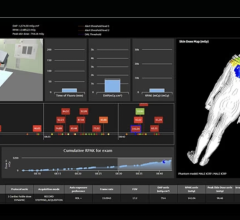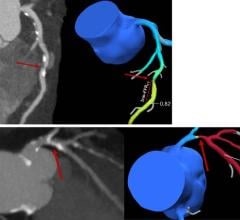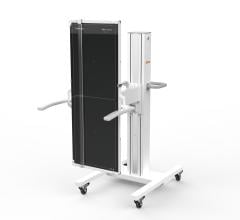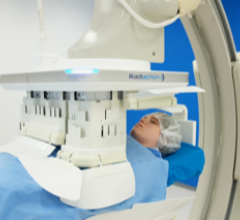August 2, 2013 — The U.S. Food and Drug Administration (FDA) recently granted market clearance for a hand lotion designed to offer radiation protection from X-rays. Physicians such as interventional cardiologists who work with live angiographic fluoroscopic X-ray systems often have their hands in the radiation field during imaging. The cream, developed BloXR Corp., is applied prior to donning gloves, or over a glove with another glove on top, to serve as a lightweight radiation shield.
BloXR’s X-ray Attenuating Cream is intended to be used during medical procedures where hands are necessarily exposed to radiation, to offer some degree of protection from radiation exposure in the diagnostic imaging range of up to 130 kVp. This may include surgical procedures that require the use of fluoroscopy or radiography or other procedures. X-ray Attenuating Cream is not intended to be used in or adjacent to the primary X-ray beam or the transmitted beam, and should not be used in lieu of a radiographic procedure glove, which is used in radiography for those studies requiring the physician’s hand or forearm be in the direct path of the primary X-ray beam.
The FDA has identified the risks of cream for X-ray attenuation as adverse tissue reaction from direct contact to the skin and infection risk to the patient as a result of patient contact with contaminated/compromised cream due to glove failure. Glove failure could occur due to incompatibility with the cream formulation, weakening the mechanical characteristics of the surgical gloves.
The FDA also said in its approval letter that the cream could pose a radiation exposure risk to healthcare professionals due to lack of radiation attenuation, which can occur due to inadequate or inconsistent cream formulation. The radiation attenuating agent in the cream may not be present in high enough concentration or is not appropriate to provide the amount of protection needed. Lack of continuous protection during actual use can also result from poor cream composition such that the cream will absorb, crack or flake off during use in a clinical setting. For these reasons, the FDA will require a black box warning on the cream.
For more information: www.bloxr.com


 August 14, 2025
August 14, 2025 









